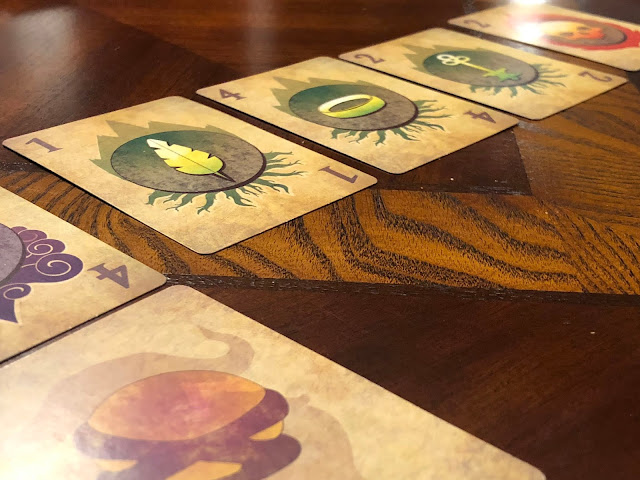

Just when the world of mathematics had dealt with one set of paradoxes and foundational crises regarding limits in calculus, a new batch had emerged from set theory. Russell was none too pleased about discovering his paradox. See the image below for a visual presentation of the contradiction. Just as the law is impossible for the barber to follow, the set of all sets which do not contain themselves is a logical impossibility. If the barber does not shave himself, he should be shaved by the barber if the set does not contain itself, it should be contained in itself. If the barber shaves himself, he is no longer a person who is allowed to be shaved by the barber if the set of all sets which do not contain themselves contains itself, it is no longer allowed to contain itself. The set of all sets which do not contain themselves is analogous to the barber who only shaves men who do not shave themselves. But he is the barber, and once again, the barber was not supposed to shave men who shave themselves! When the judge realized that it was impossible for the barber to follow the law, he ruled that the law be revised to resolve the contradiction and that the barber be released from jail. And if he didn't shave himself, he was supposed to be shaved by the barber. You might think the barber could have just shaven himself, but the law said that the barber could only shave those who don’t shave themselves. This was all well and good, until the barber was arrested for being unshaven. The barber who owned the shop had been legally appointed “the man who shaves all and only those who don’t shave themselves”. Those who didn't feel like shaving themselves went to the town barbershop. Everyone was required by law to shave daily. Once upon a time there was a town with strict laws on shaving. The resulting antinomy is best illustrated with an analogy. This is all well and good, until we consider whether the set of all sets which do not contain themselves contains itself as an element. The set of all numbers is an element because it is not a number, and the set of all people is an element because it is obviously not a person. We can see a few examples of elements of this set floating around the blob's interior. The blob in the main image represents the set of all sets which do not contain themselves. This allows us to divide all imaginable sets into two distinct categories, two enormous sets: the set of all sets which contain themselves (e.g., the set of all ideas) and the set of all sets which do not contain themselves (e.g., the set of all teacups). The set of all teacups is most definitely not a teacup. Of course, not all sets contain themselves. For example, the set of all ideas is itself an idea.

Sets can even contain themselves as elements. These elements could be teacups, ideas, numbers, or other sets. When we say a set contains or includes something, we mean the thing is an element of the set. In the most basic sense of the word, a set is just a collection of objects, or elements. 3.2.3 Other Resolutions of Russell's Antinomy.3.2.2 Connection to Principia Mathematica.


 0 kommentar(er)
0 kommentar(er)
